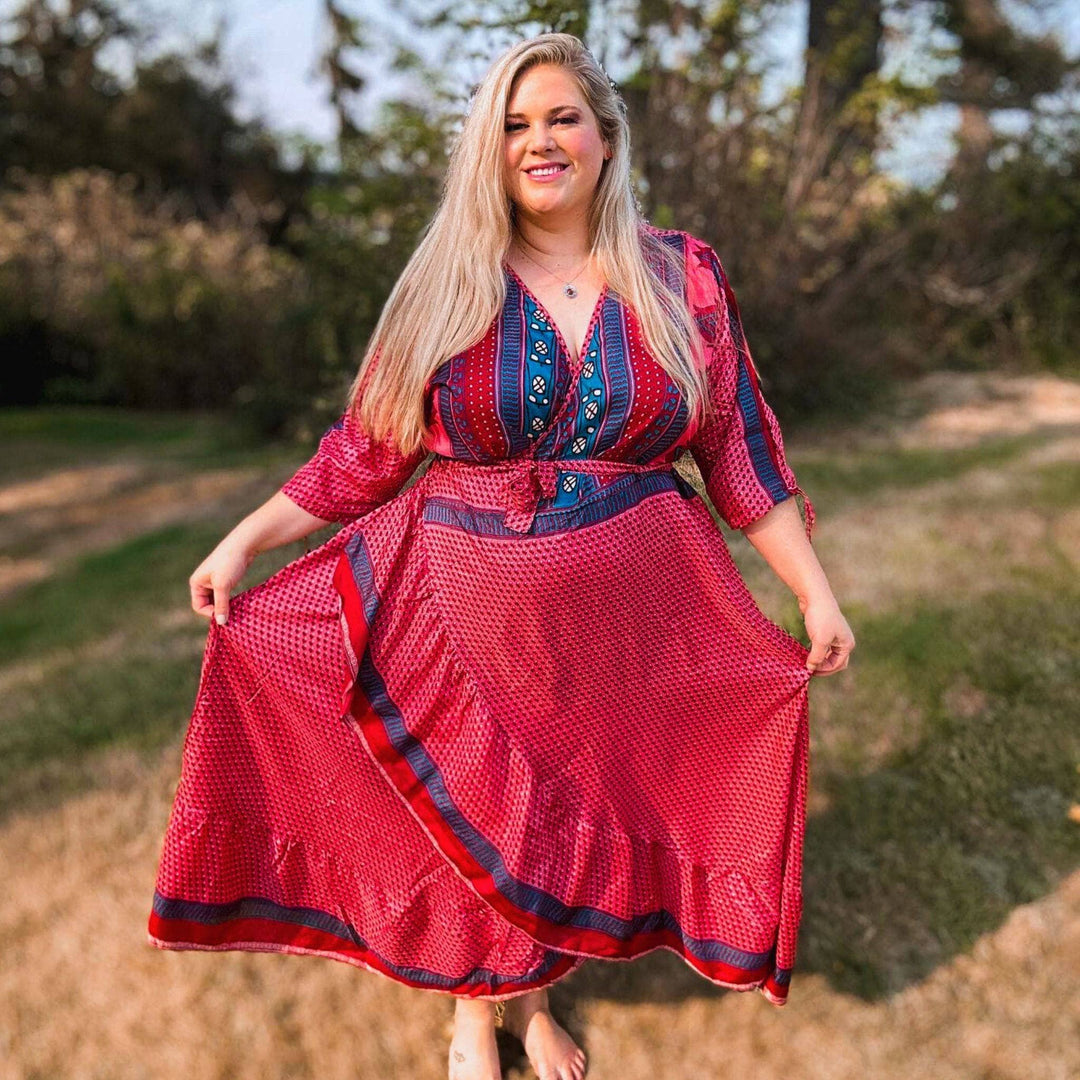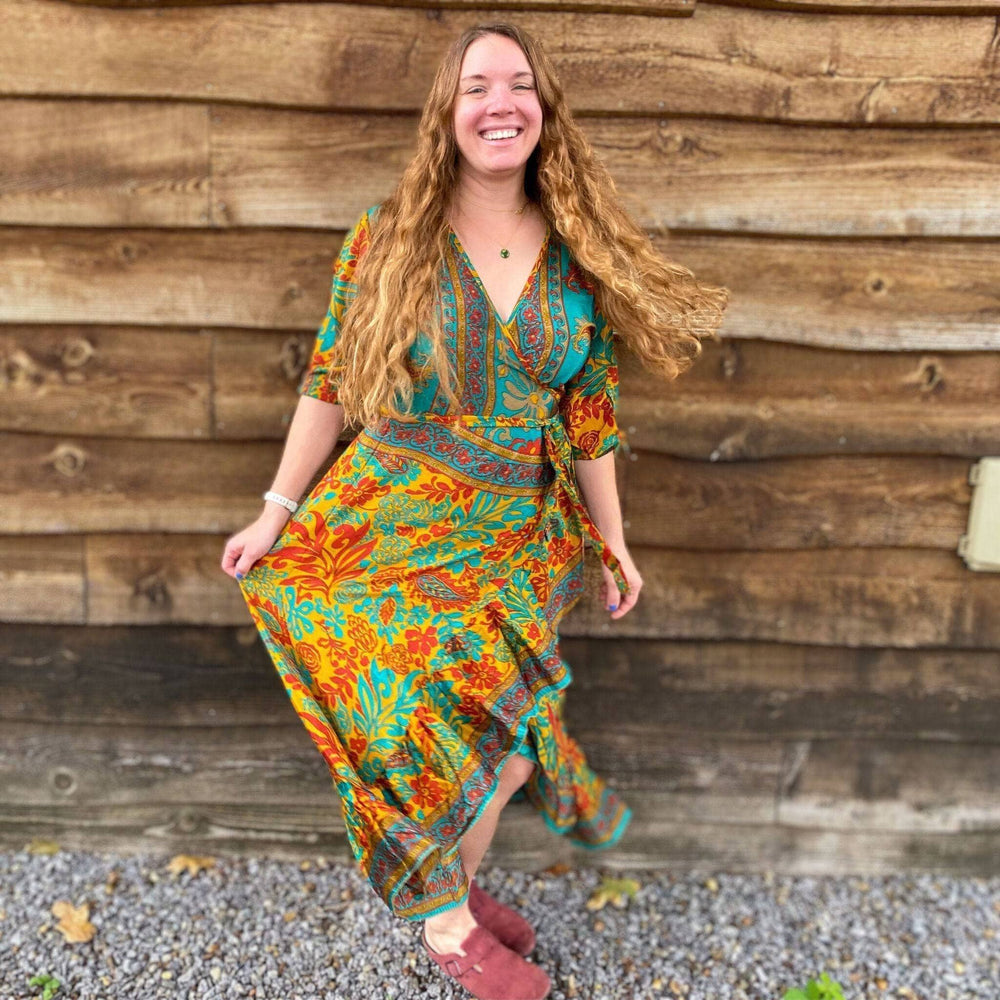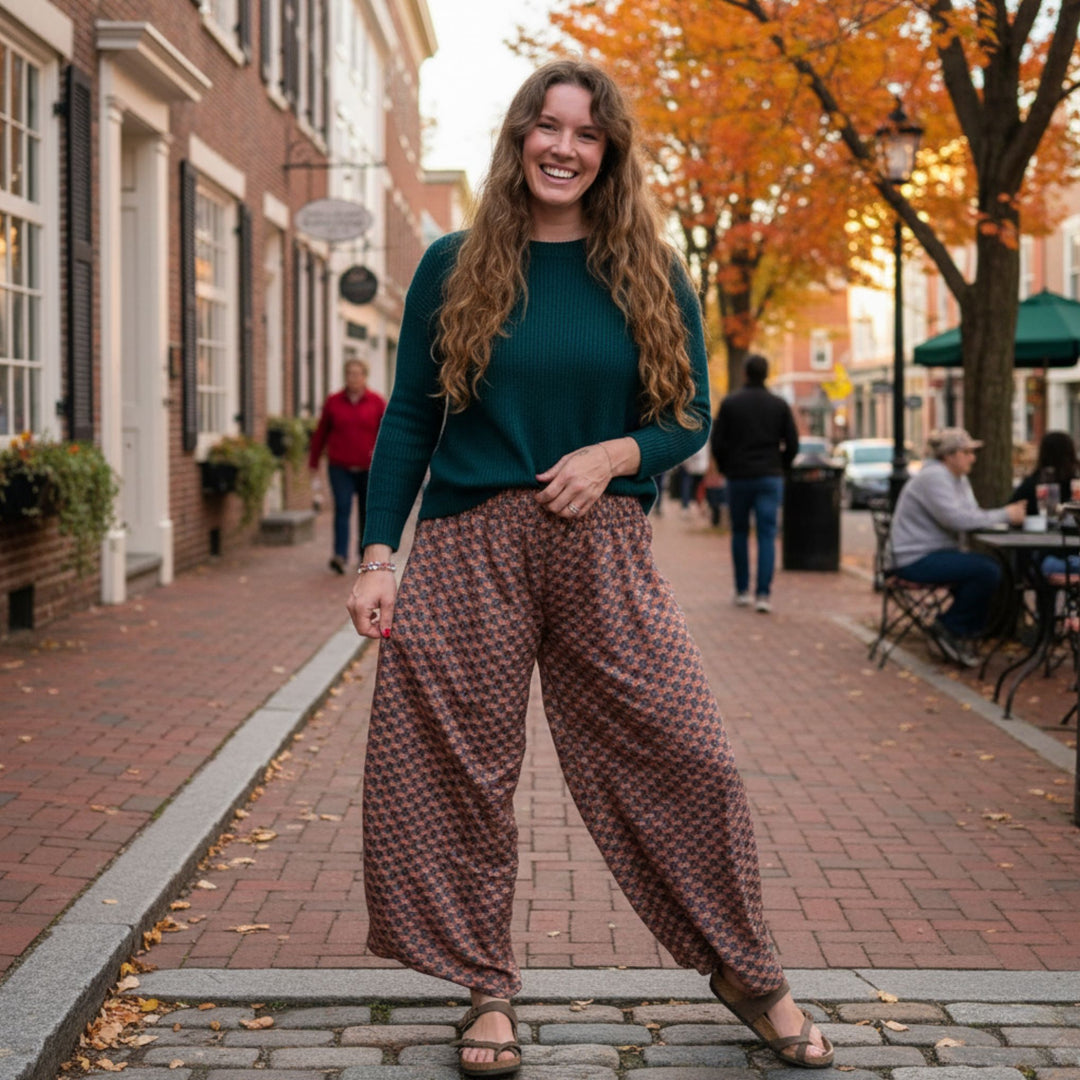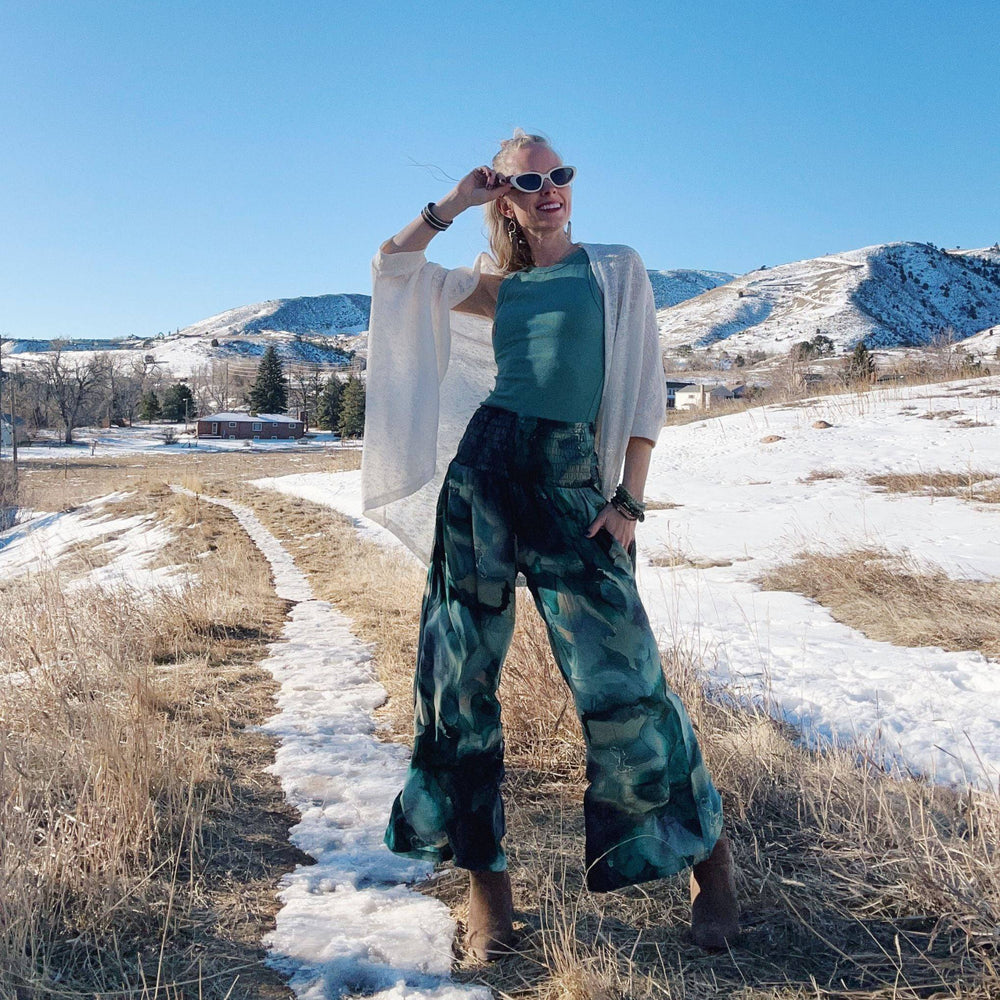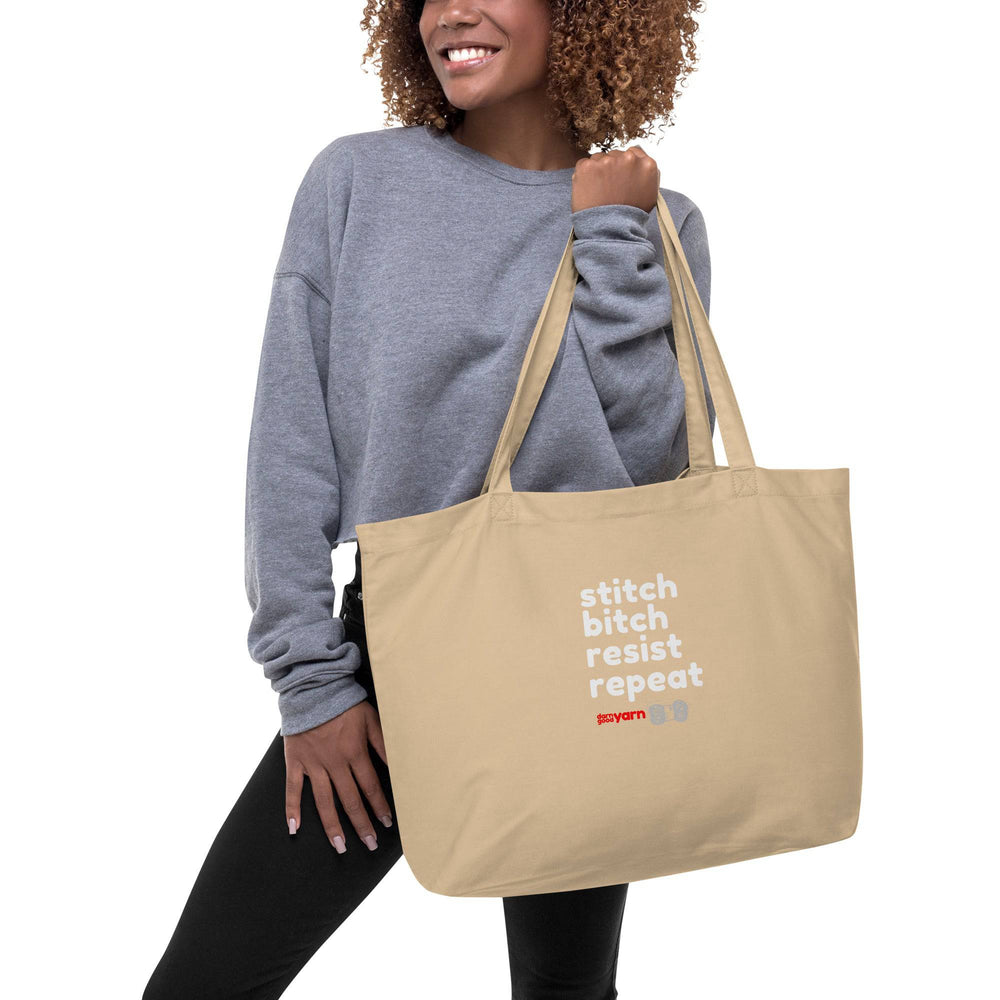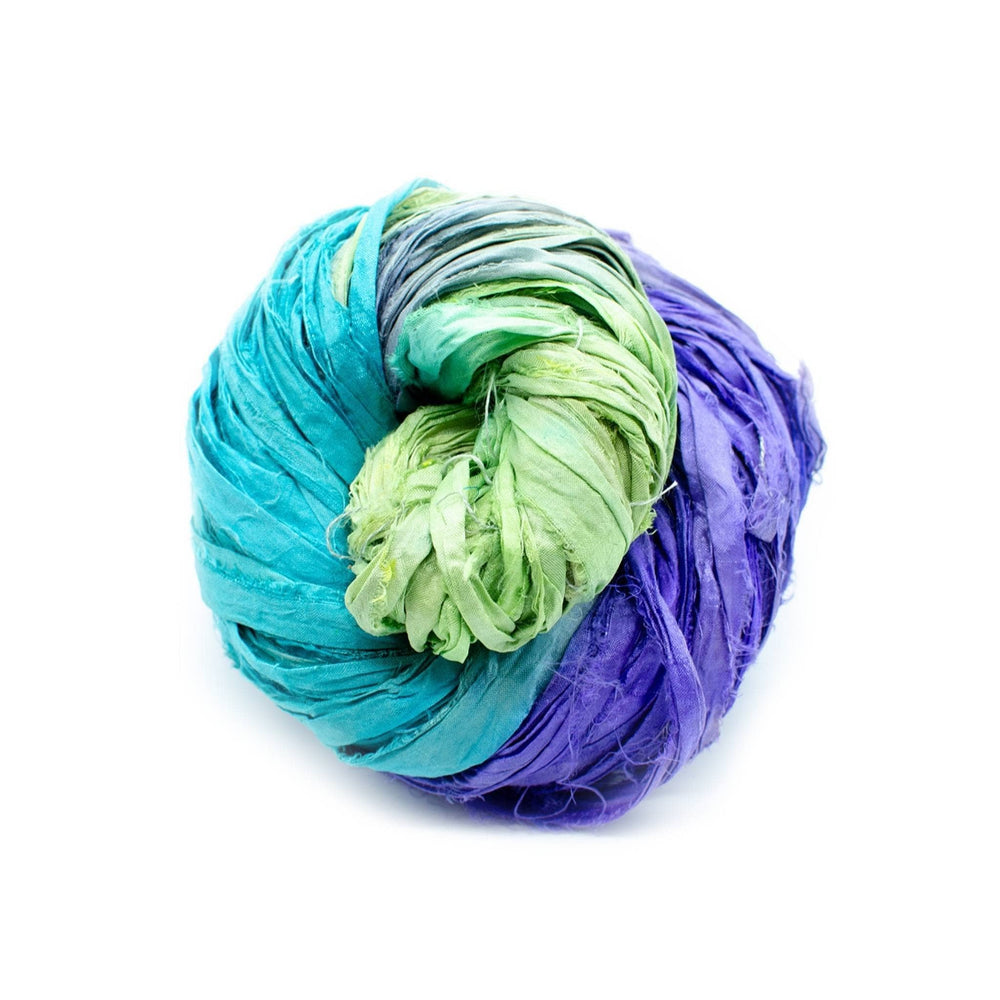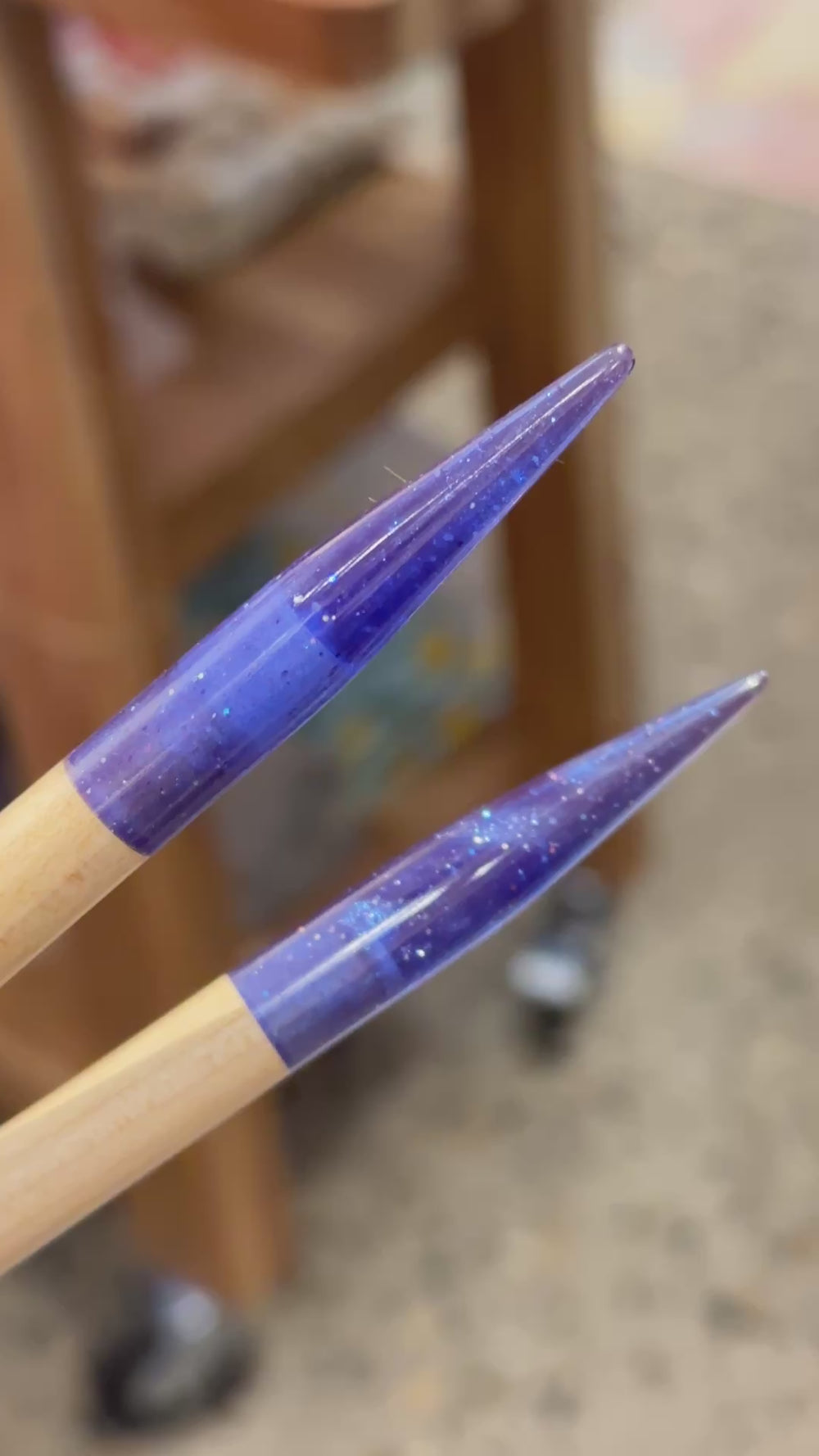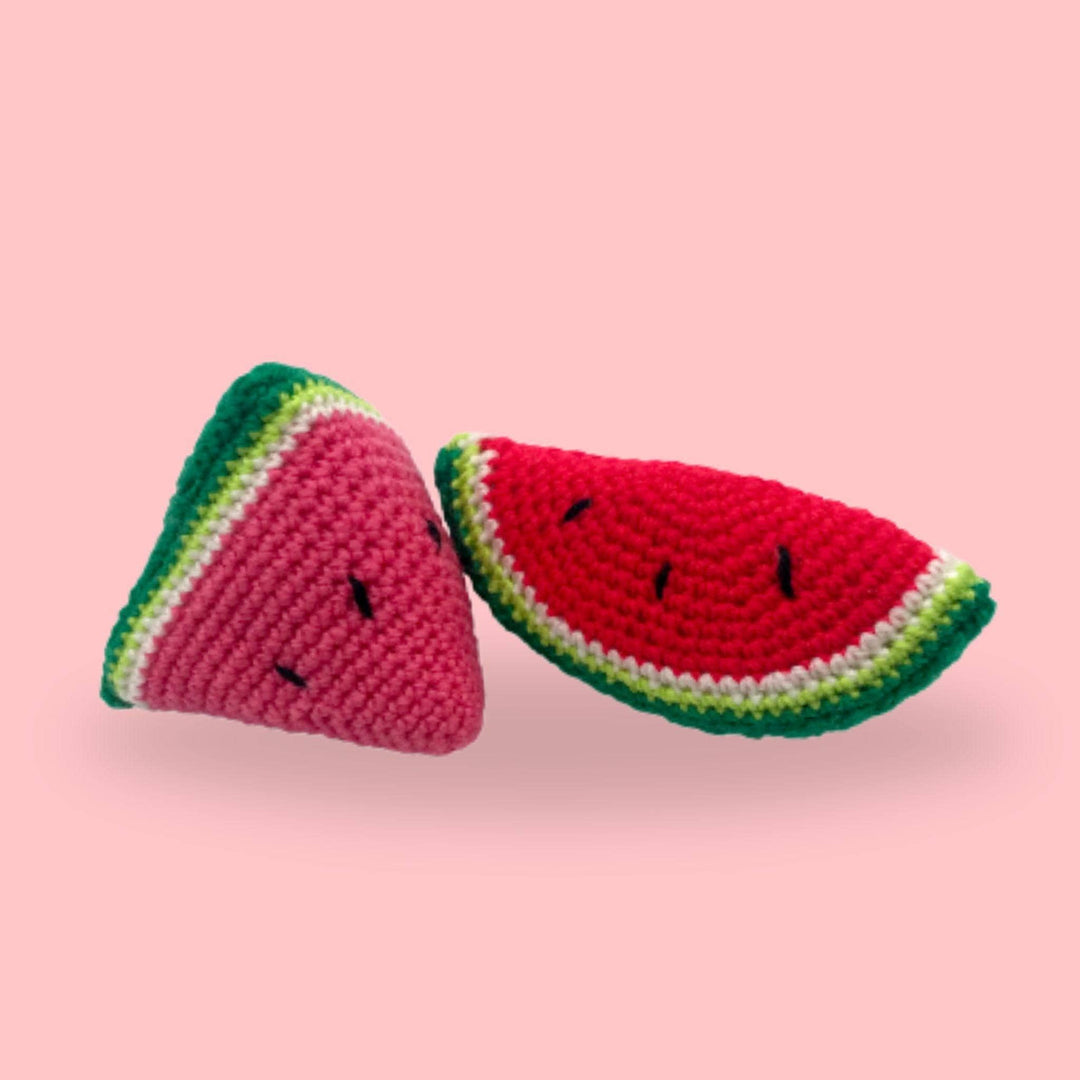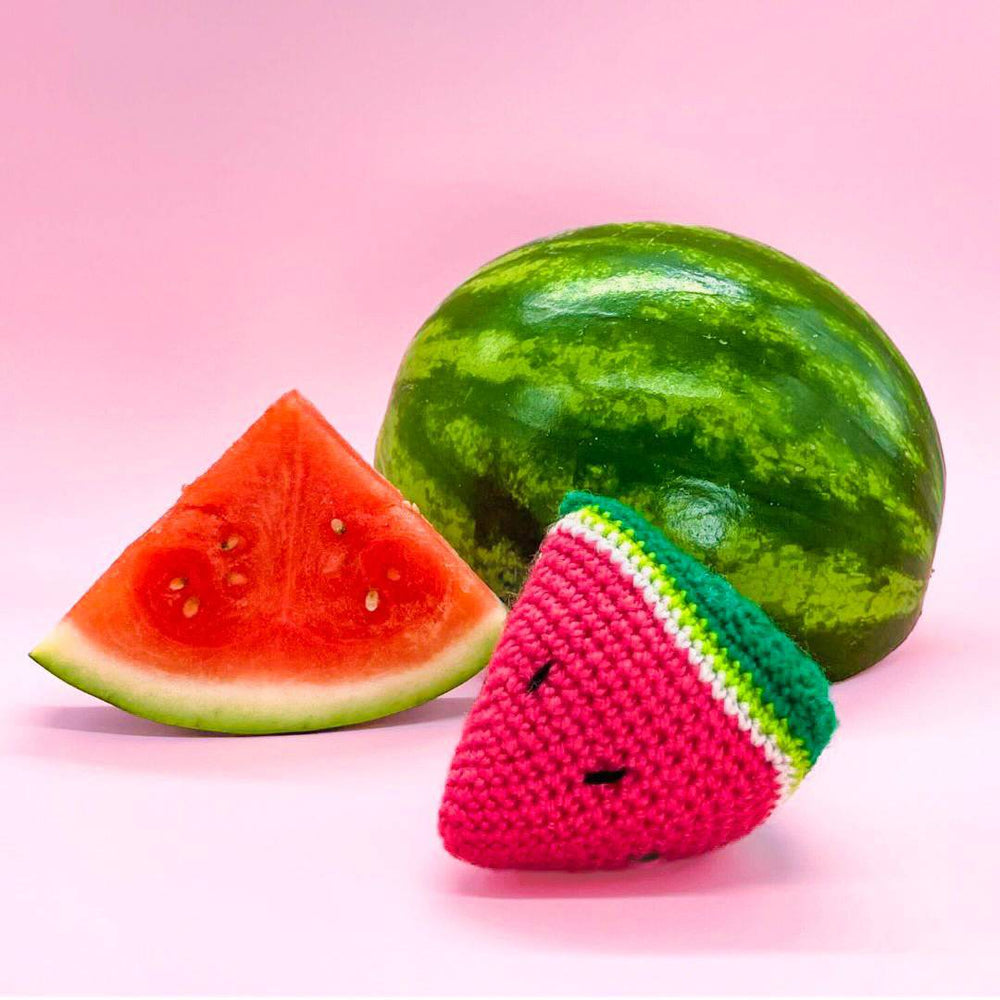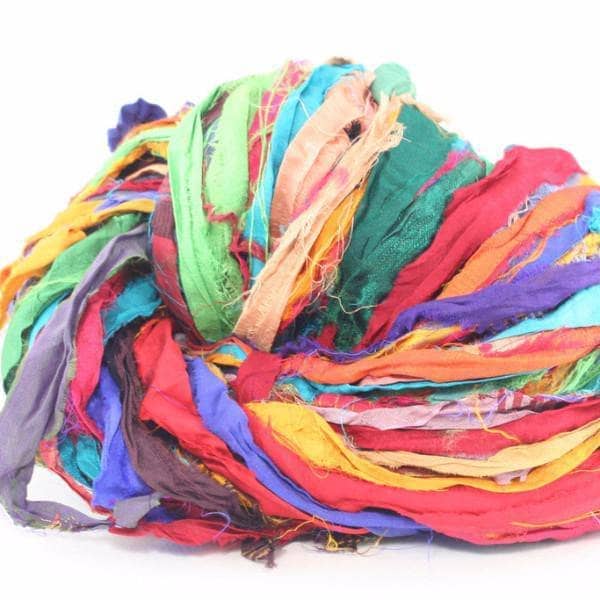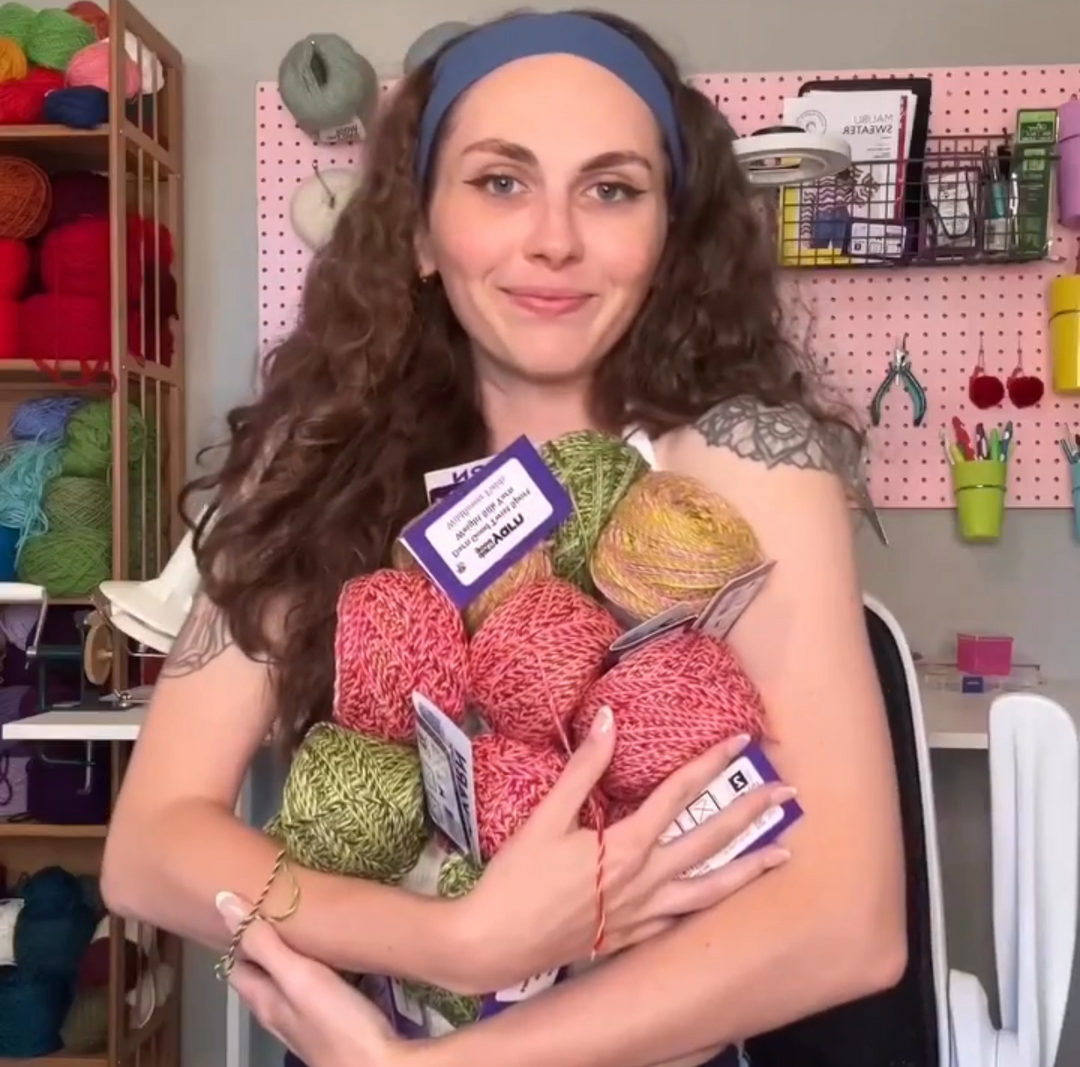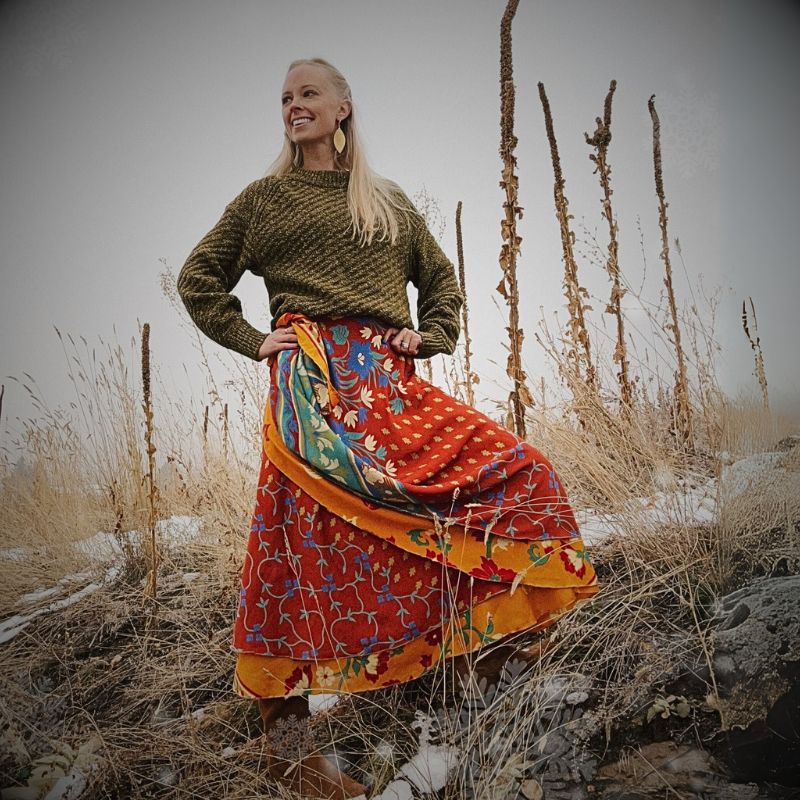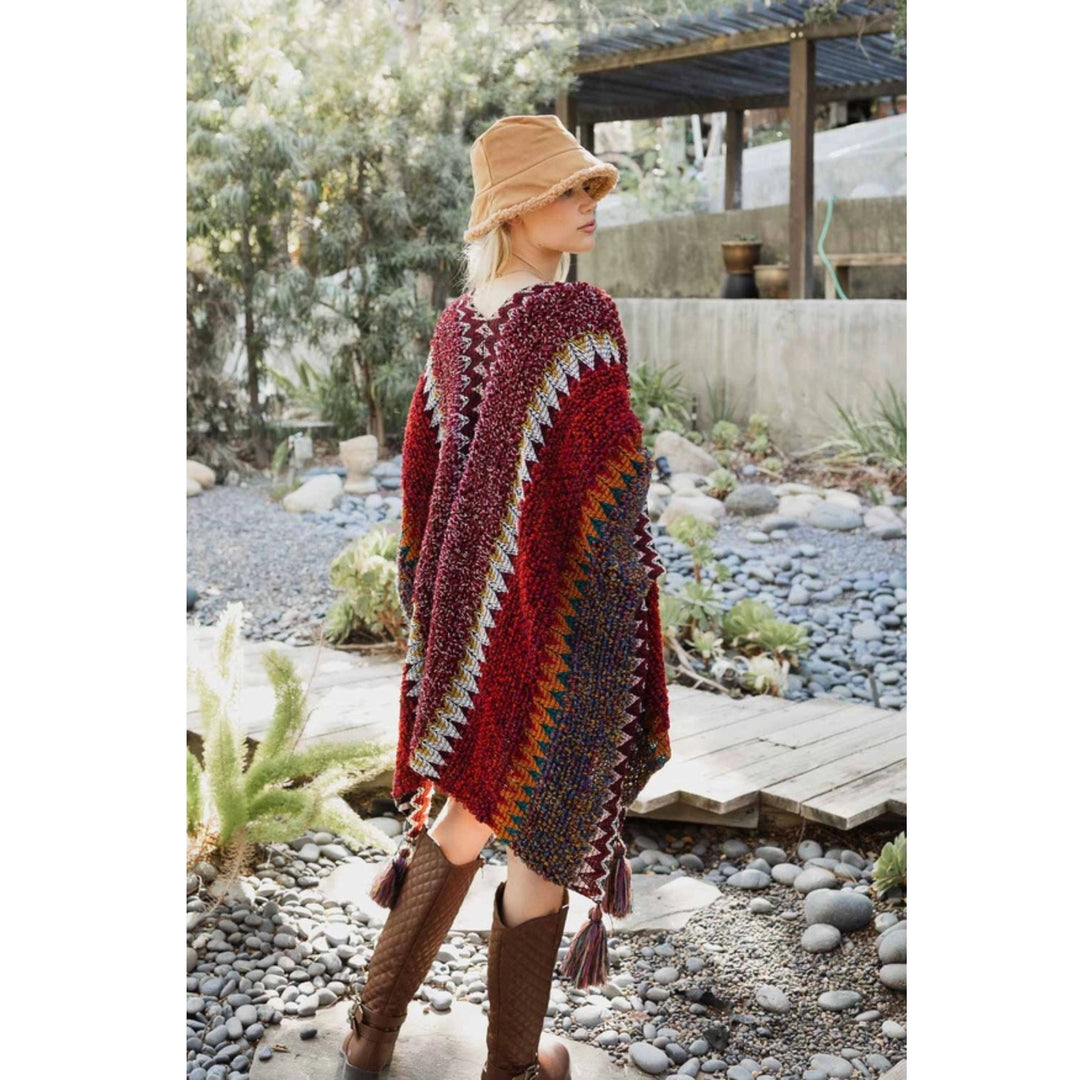Written by Michaela MacBlake Matthews
Can believing in something really change your life? How do you stop self sabotaging? And how on earth could something as simple as color impact any of this…?
What Does Abundance In Your Life Mean?
Living in a mindset of abundance is a state of belief and being that allows for good things to happen. Coming from a place of abundance involves embracing joy, fulfillment, capability, and worthiness. It is, in essence, the belief that there is plenty to go around, and that this truth allows for positive experiences to flow toward you. Abundance is a concept that applies to work, travel, relationships, money, sensory experiences, and more!
What Is A Scarcity Mentality?
A scarcity mindset is the opposite of abundance, and it is rooted in fear. Scarcity believes in limited resources, irreparable damage, and extreme competition for good things. A scarcity mindset, in an extreme form, might insist that a relationship is over because of one personal flaw, or that being financially unstable is inevitable, because the competition for success is higher than can be met.
Where Does A Scarcity Mindset Come From?
A scarcity mindset is the underbelly of perfectionism, and believing that our own imperfections are too large to overcome. It sees other people with things we would like to have, and justifies not having it by drawing lines in the sand between ‘us’ and ‘them’. A scarcity mindset says, ‘they are successful because they have something I don’t.’ It believes that only a chosen, lucky few are able to reap the rewards of an abundant life.
In doing this, the scarcity mindset often prevents us from even trying to begin with. It is afraid of failing, and insists that failure will only further prove these imperfections. Because it associates the imperfect with the not-having, scarcity is afraid that trying at all will open up more imperfections, and then cause us to have even less. Scarcity anticipates failure, and jumps at the first sign of trouble, often overreacting and sabotaging itself.

Abundance Knows Best
While scarcity is afraid of the future, abundance knows that failures are lessons, and that growth can be a sticky process. Abundance sees each day and each moment as a clean slate, and learns to harness the possibilities of itself, and the world around it. The abundance mindset is willing to try, and willing to continue trying new things, even when it doesn’t seem to work out. It isn’t easily smacked down, because it genuinely anticipates positive outcomes, and knows that they may take time to unfold.
Abundance is a fluid form of positivity, and loosens itself up to the many different forms of success. It isn’t concerned with setting a goal and clinging to it for life, but rather, sees good in many areas of life and self, and chooses to explore the best available opportunities as they come. Abundance not only believes in pleasant surprises, it embraces them, learning new forms of wealth and reward along the way.
How Do You Know If You’re In An Abundant Mindset
Risk
You know you are stepping into abundance when you are willing to take reasonable risks comfortably. A new, higher paying job or a more mission-aligned position may seem like obvious perks, but they still require a level of change and unknown that can shake up the comfort zone. An abundant mindset can handle this risk, because it has faith in itself to deal with the potential downsides as they come.
Role
You know you are living out abundance when you feel deserving of positive outcomes, and assured that you can and are doing the work necessary to get what you want. This confidence comes from a willingness to practice and expand your tactical skills, emotional intelligence, and your knowledge without shame, or trying to hide your own shortcomings. Abundance says, ‘Oh, that wasn’t great. I’ll make an effort to improve on that.’ and takes its journey in stride.
Reward
You know you are overflowing with abundance when you are no longer skeptical of opportunities and pleasant experiences. Abundant living has a deep understanding of what feels good because it is good, and what feels good because it feeds scarcity. Because a scarcity mindset wants to cover and hide its flaws, it can often be drawn to things that help it hide even more effectively, and validate its fear. An abundance mindset wants to understand its imperfections and use them to grow, so it naturally becomes less interested in hollow rewards and promising cons. For this, abundance learns to hone its intuition, and can trust that what feels like a good thing really is good for itself in the long term.

How Can You Step Into A Life Of Abundance?
One of the natural methods to remove yourself from scarcity is to become attuned to it, and begin to question it. A method called ‘fear setting’ aims to take the anxieties and interrogate them, asking what exactly they are afraid will happen, and then genuinely considering what could be done if it ever did.
Likewise, it is incredibly important to begin noticing when you feel as though you don’t deserve something, and seriously ask yourself why not. Then, when the answer comes, challenge its permanence. Is this lacking quality something that, if you dedicated the rest of your life to improving it, while using any form of help you could find, would not improve at all? Have you done everything imaginable to address it, including taking it upon yourself to find new ways to approach it? When the answer is no, then make a choice to go and apply these efforts.
How Does Color Affect Abundance?
Color is a natural indicator of nutrients, and often serves as a direct line into the survival mechanisms that a fear of scarcity stems from. Seeing color, and being in a colorful environment sends a subconscious message that there are plentiful resources available. This theme can be seen in the viral satisfaction trend on social media, where fully stocked and organized spice racks are somehow relaxing just to look at, even if we don’t have them ourselves.
What Colors Attract Abundance?
Green is often cited as the go-to color for wealth, health, and prosperity. It is the color of harmony, as it brings together the grateful, happy yellow, and the thoughtful, long-term blue! However, true abundance is best represented by an assortment of colors. Just as rainbow sprinkles give off a sense of celebration, and wildflower fields marry peace with whimsy, the most abundant color is simply an abundance of color itself.

How To Manifest Abundance With Color
The ultimate secret to embracing abundance with color is to harness the bravery within it. Each color has a personality of its own, and displays it proudly. In doing this, color is willing to sacrifice everything it isn’t, stepping away from the gated comforts of beige and grey.
Colors are willing to run the risk of being acquired tastes, being too bold for some who see them, or clashing with certain other shades… and they don’t care. They are perfectly willing to be exactly what they are, and find where they are most compatible along the way. Colors are rooted in emotion, giving the world a story to tell, and reflecting the plot of our lives throughout time. They aren’t thwarted by fear, or constricting identities, what you see is what you get.
By learning to embrace color, we practice taking reasonable risks, and open ourselves up to the possibilities that come with being seen as we are.

"Mac" is on the Lifestyle Team here at Darn Good Yarn, and loves taking a ‘teach a man to fish’ approach to creative therapy. She is certified in neuro-linguistic programming, and is also the surreal artist and author behind Surrealismac.
 Rewards
Rewards




